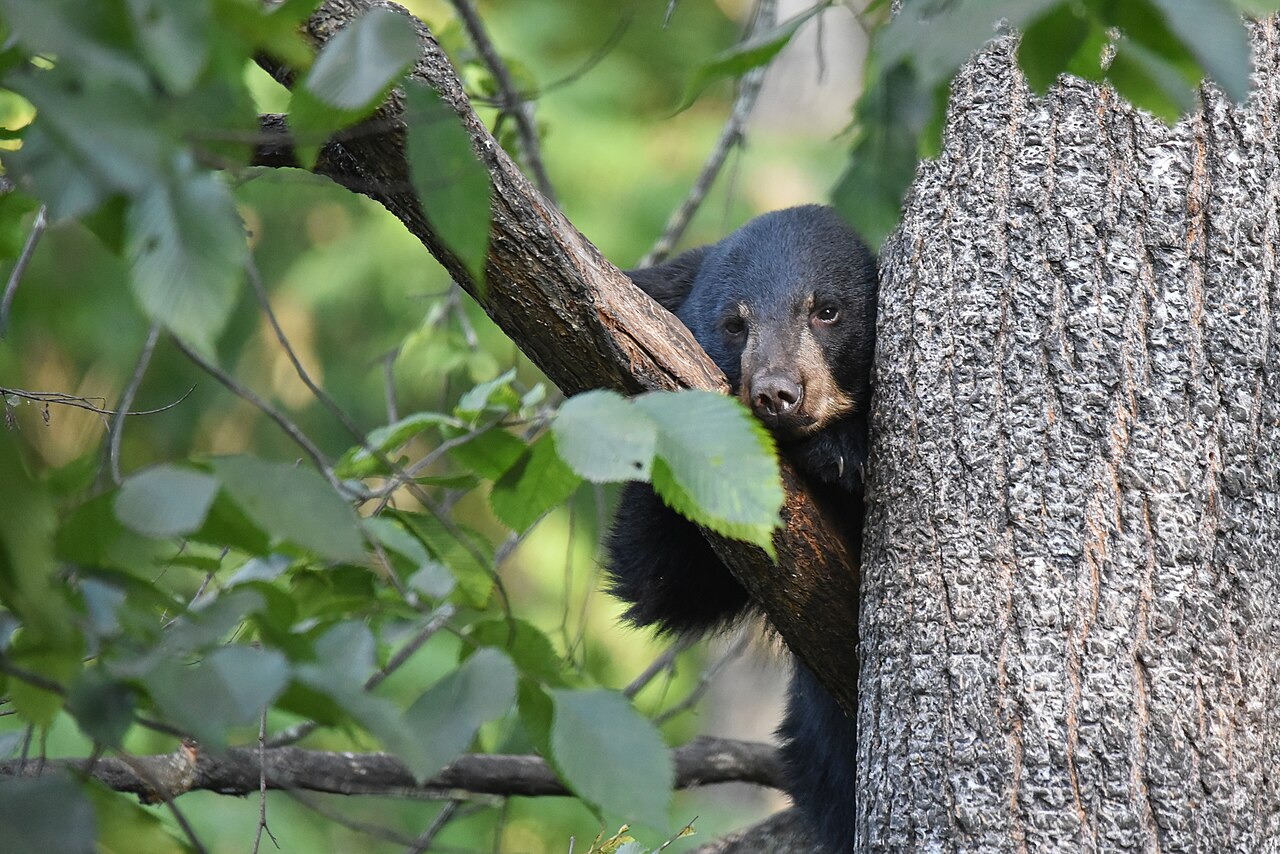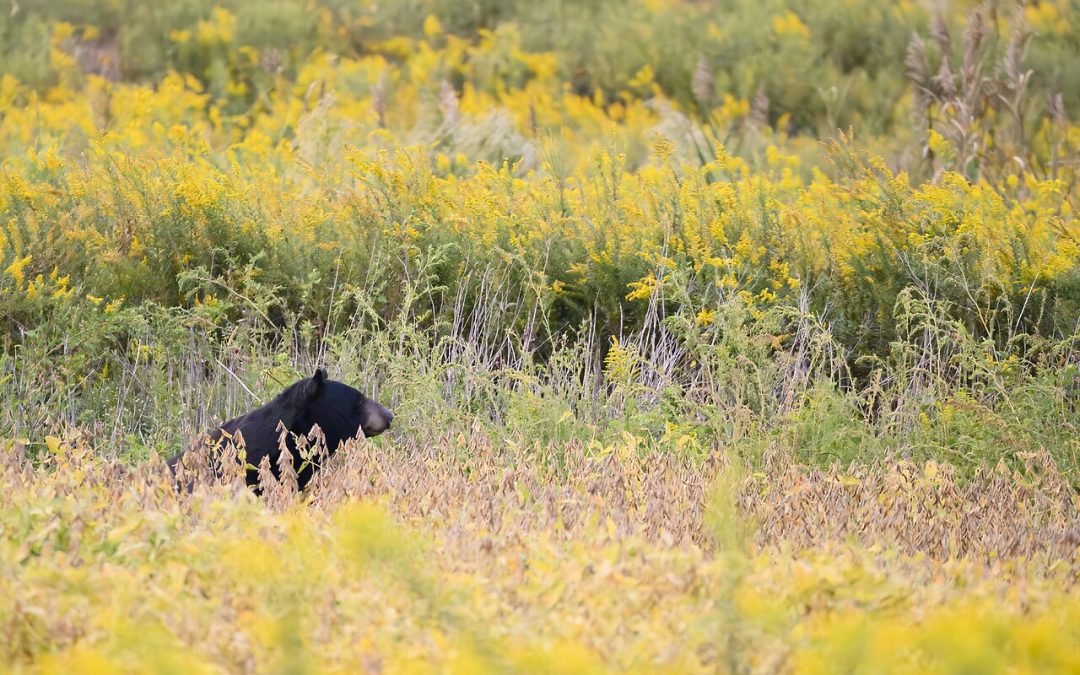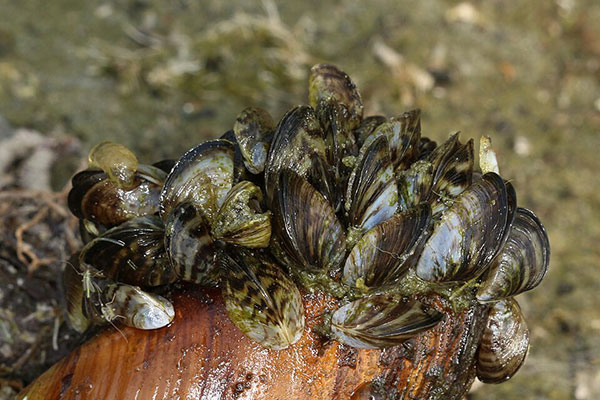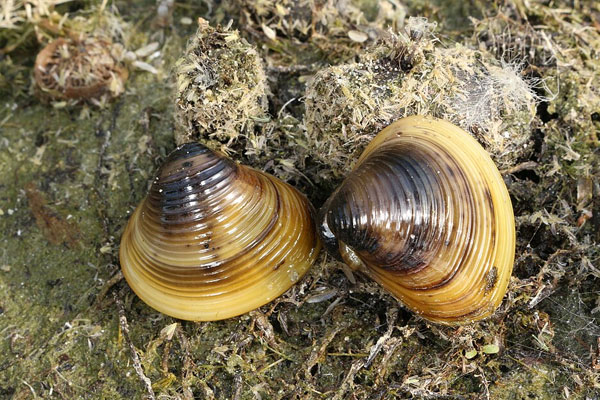The Return of the Black Bear
After disappearing in the mid‑1800s, black bears are returning to Ohio. In recent weeks, young bears have wandered into southwest Ohio, including Montgomery, Greene, and Clinton counties, drawing attention and curiosity.
Experts say these bears are typically young males seeking new territory and aren’t aggressive. The Ohio Department of Natural Resources (ODNR) and the University of Dayton’s collaring efforts are helping track their movements, assess habitat use, and monitor any potential conflicts.
Homeowners and hikers should remain alert near wooded areas. Maintain distance—wildlife officers advise letting bears roam freely without being cornered
Their presence shows wildlife corridors between Ohio and neighboring states are working, and bears are using them.
Data from GPS collars (e.g., a collared female last month) is invaluable in forecasting population trends and managing coexistence.

Overpopulation of Deer and Canada Geese
Five Rivers MetroParks has identified overpopulation of white‑tailed deer as a serious issue. Without natural predators, their numbers have grown too high, causing overgrazing and habitat damage
Canada geese too are thriving—often in excess—leading to high fecal pollution and aggressive behavior, especially during nesting season
Management Strategies:
Deer control: MetroParks uses targeted methods such as culling and controlled bow hunting, with venison donated to food banks, aligning with ODNR regulations
Geese protocols: Because geese are protected under federal and state law, parks rely on non‑lethal measures and permit-based population control .
Invasive Species in the Little Miami River
The Little Miami River, a UNESCO‑designated scenic river, supports numerous native species—87 fish, 36 mussel species (including endangered ones), turtles, frogs, birds, and more. But biodiversity is always at risk!
Zebra mussels & Asiatic clams
These invasive mollusks are crowding out native mussels and altering water quality .
Zebra Mussels
Asiatic Clams
Local activism
Little Miami Inc. and state agencies maintain and restore river health. Conservation efforts focus on habitat improvement and pollution control.
Habitat Restoration After Natural Disasters
In response to the devastating 2019 Memorial Day tornadoes, the Miami Valley TREEcovery Campaign—a collaboration between MVRPC and RETREET—has planted hundreds of large trees across the region. These efforts restore habitat and stabilize ecosystems.
Reforested neighborhoods, including parts of the Russ Nature Preserve, help bring back bird, insect, and small mammal species dependent on mature tree cover.
Local Conservation Efforts & Education
Five Rivers MetroParks
Covering over 15,400 acres, this park district focuses on wildlife habitat through strategies like installing kestrel and wood duck nesting boxes, preserving ecosystems, and promoting biodiversity .
Aullwood Audubon Center & Farm
Located just NW of Dayton, Aullwood blends environmental education with habitat preservation on 200‑acre nature sanctuary and sustainable agriculture initiatives.
At the University of Dayton, Dr. Gantchoff’s lab researches human‑wildlife interactions, species range expansions (such as black bears), and strategies for coexistence.
Community outreach
Local organizations offer public education—Master Gardener programs, volunteer planting events, nature hikes, and school-based wildlife lessons—building awareness and action among residents .
Wildlife Conflicts and Public Response
Wildlife removal services
With increasing urban‑wildlife overlap—raccoons, bats, squirrels, skunks, groundhogs—the demand for humane removal services is up. Barnes Wildlife Control emphasizes public safety, wildlife health, and preventive measures.
Policy developments
ODNR recently appointed Jeff Wenning as wildlife officer for Montgomery County, underscoring a bolstered focus on public outreach and conflict management.
Enforcement and education
ODNR also monitors public reports of bear sightings, deer harvest numbers, and invasive species, creating data‑driven wildlife policies .
Looking Ahead: Challenges & Opportunities
Balanced Deer Control
Continued monitoring and adaptive management will be critical, as public sentiment varies on hunting and culling.
Invasive Species Threats
Averting invasive spread in waterways and landscapes will demand public awareness and coordinated response.
Coexisting with Bears
As bears reestablish in the region, education on safe food storage, garbage management, and reporting will be essential.
Community Engagement
The future hinges on local partnerships—schools, landowners, nonprofits—in restoration and conservation.
Scientists in Action
Continued research—like GPS collar studies and habitat impact evaluations—will shape sustainable wildlife policies.
Final Thoughts
Change is happening: From black bears to invasive mussels, the region is undergoing real ecological shifts.
Active management matters: ODNR, MetroParks, conservation organizations, and municipalities are all stepping up.
Every community member plays a role: Whether educating kids, planting native trees, volunteering, or reporting wildlife sightings.
If you’re a developer, landowner, teacher, or resident reading this, your everyday actions (like planting native species, securing trash, or joining a tree‑planting day) contribute to healthier wildlife outcomes.
Let’s keep it honest: nature isn’t static, and neither should we be. Awareness, cooperation, and science‑driven action are our path forward in the Miami Valley. You’ve got this—and so does the wildlife.


